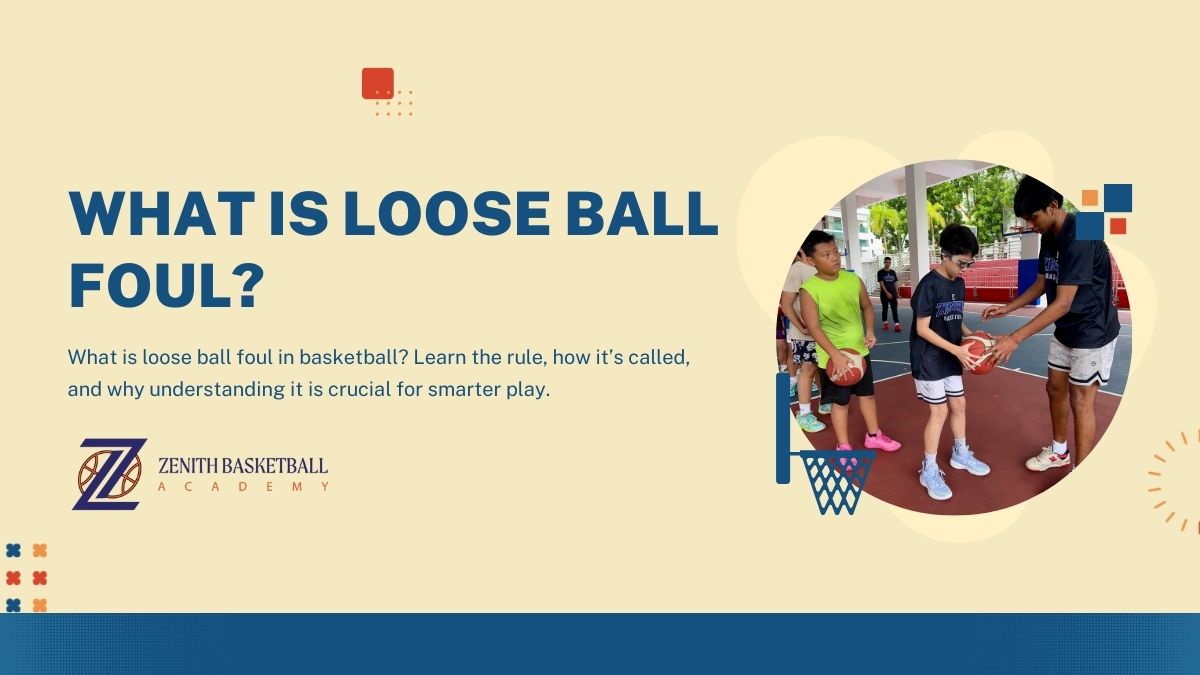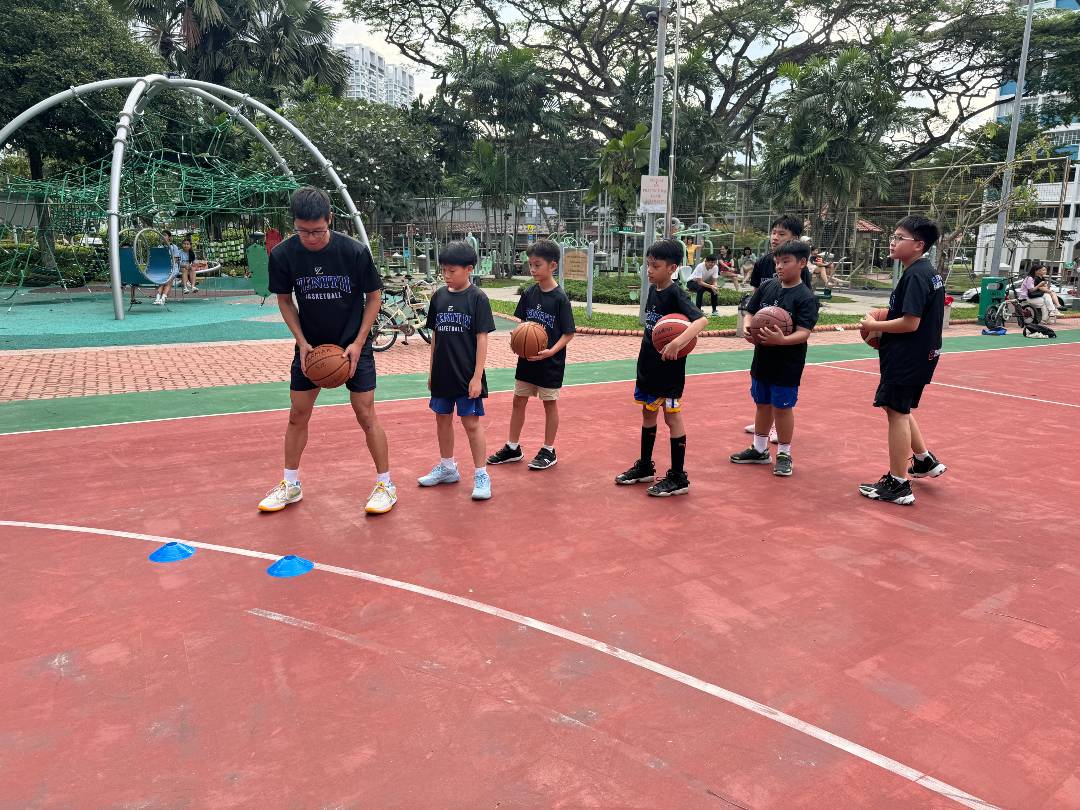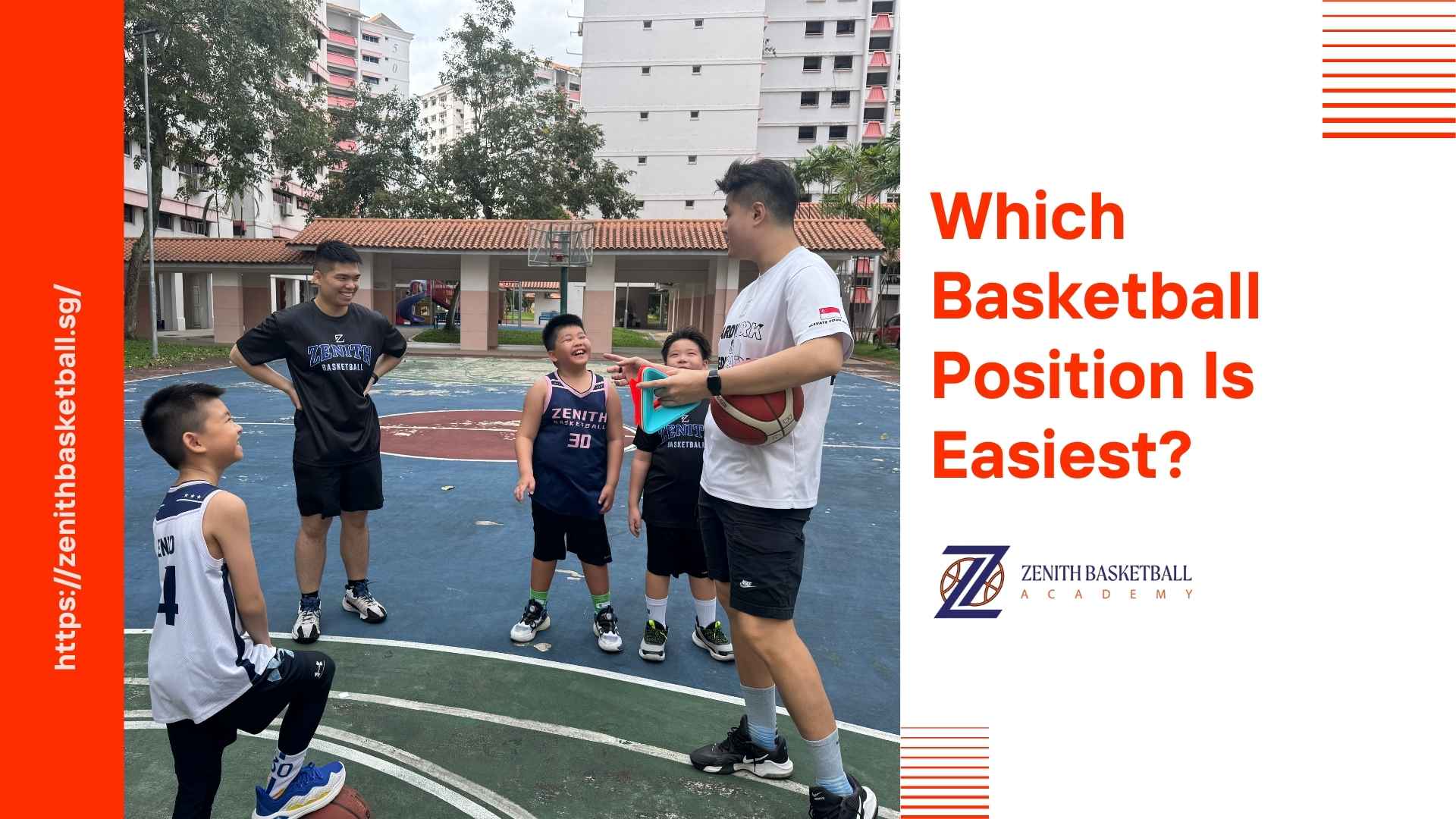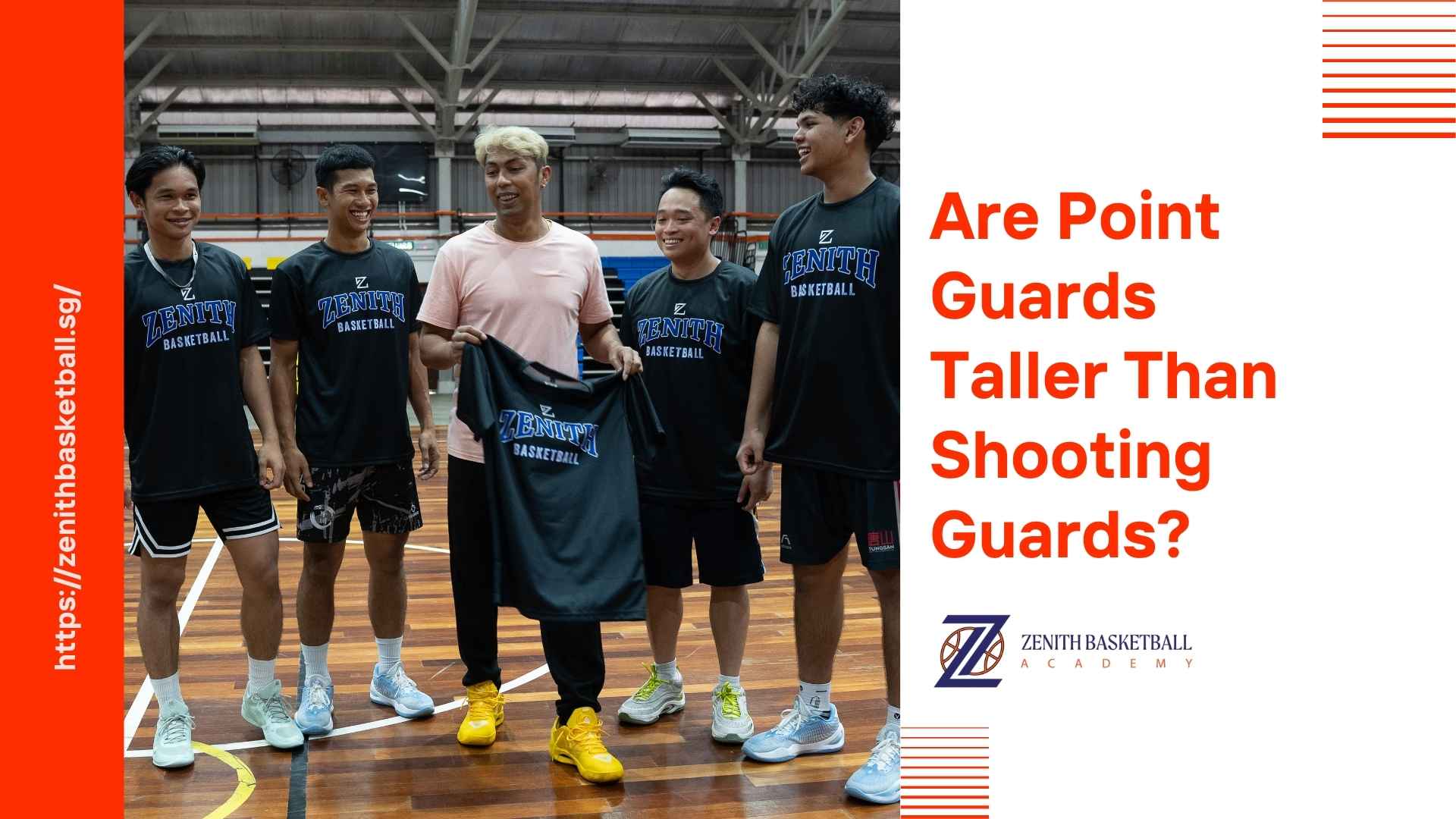What Is Loose Ball Foul?
If you’ve ever watched a competitive basketball game, you’ve probably seen a moment when both teams scramble for a rebound, bodies collide, and suddenly, the referee’s whistle cuts through the noise. That whistle often signals a loose ball foul. At its core, a loose ball foul happens when players illegally make contact while fighting for possession of a ball that’s not securely in anyone’s hands. It’s a rule that may confuse beginners, but once understood, it can transform how kids approach hustle plays and physical contests.
Defining Loose Ball Foul Clearly
So, what is loose ball foul in basketball? Simply put, it’s any illegal contact—like pushing, holding, or grabbing—committed by players while the ball is not controlled by either team. Unlike personal fouls during active dribbling or shooting, loose ball fouls occur during rebounds, deflections, or turnovers. It keeps the game safe and fair, preventing chaotic scrambles from turning into dangerous wrestling matches.
Why Loose Ball Fouls Exist
The purpose of this rule is simple: fairness and safety. Without it, the scramble for every rebound or deflection could spiral into unchecked physicality. Kids learning basketball often think “hustle” means throwing themselves at the ball at any cost. At Zenith Basketball Academy, we show them that hustle also means discipline—going hard for the ball but respecting the rules and the opponent’s body space.

How It’s Called in Youth Games
In youth basketball leagues, referees keep a sharp eye on moments when multiple players rush for the ball. If one player uses their body to shove an opponent aside or hooks their arm to get better position, the whistle blows. Loose ball fouls result in turnovers or free throws, depending on the foul count. This highlights to young players that even small mistakes in positioning or aggression can swing the momentum of the game.
Coaching Kids to Understand the Rule
At Zenith, we simplify complex rules with relatable examples. To teach “what is loose ball foul,” coaches often run rebounding drills where kids compete in pairs for a free ball. When one child pushes too aggressively, we stop play and explain why it’s a foul. By simulating these situations, kids internalize the balance between effort and fairness. We also emphasise body control, teaching them how to box out properly and use positioning instead of brute force.
Common Mistakes That Lead to Loose Ball Fouls
A few recurring errors include reaching over an opponent’s back, pushing off with arms, or lunging clumsily at the ball. Another classic mistake is failing to anticipate the bounce of a rebound, which leads to desperate and unnecessary contact. As explored in our article How Can I Improve My Dribbling in Basketball?, control is about calm decision-making under pressure—whether you’re dribbling or scrambling for a rebound.
Building Basketball IQ Through Rule Awareness
Understanding what is loose ball foul isn’t just about avoiding whistles—it’s about developing a sharper basketball IQ. Players who know the rule learn to use footwork, anticipation, and timing rather than force. This mindset makes them smarter competitors, able to hustle without constantly putting their team at risk. It also prepares them for higher levels of basketball where referees are stricter, and every foul can shift the outcome of the game.
Case Study: Singapore Youth Basketball
A 2024 analysis from ActiveSG Basketball Academy revealed that teaching young athletes about foul awareness reduced team foul counts by 18% in youth tournaments (ActiveSG). This shows that structured education on rules like loose ball fouls directly improves team performance, making games smoother and less penalty-heavy. At Zenith, we’ve seen similar improvements when players focus on clean hustle rather than reckless aggression.
Loose Ball Fouls and Character Building
Basketball isn’t only about points and trophies—it’s about shaping character. Teaching kids to respect rules like the loose ball foul builds integrity. They learn that cutting corners or using force may give temporary advantage, but disciplined play earns long-term respect. This mirrors life outside the court—success built on fair effort always lasts longer than shortcuts.
Practical Drills to Minimize Loose Ball Fouls
We integrate specific drills at Zenith Basketball Academy that combine intensity with control. For instance, in controlled rebounding exercises, kids are rewarded for proper positioning rather than just who grabs the ball. This helps them understand that playing smart often beats playing rough. As highlighted in How To Practice Pivoting, even seemingly small techniques like pivoting can reduce foul risks and give players more control in tight moments.
Final Thoughts and Call to Action
So, what is loose ball foul in basketball? It’s a rule designed to protect players, keep games fair, and encourage skill over brute strength. At Zenith Basketball Academy, we take pride in teaching not only the rules but also the mindset that makes kids better players and better people. If you want your child to master the game with intelligence, discipline, and respect, join us at Zenith Basketball Academy today and let us guide their basketball journey the right way.
Click on the link to find out more about Zenith Basketball Academy’s lesson package. Chat with our head coach today!
About Zenith Basketball Academy
Private Basketball Lessons
Kids Basketball Lesson
Group Basketball Lessons
Whatsapp Us
Gallery









